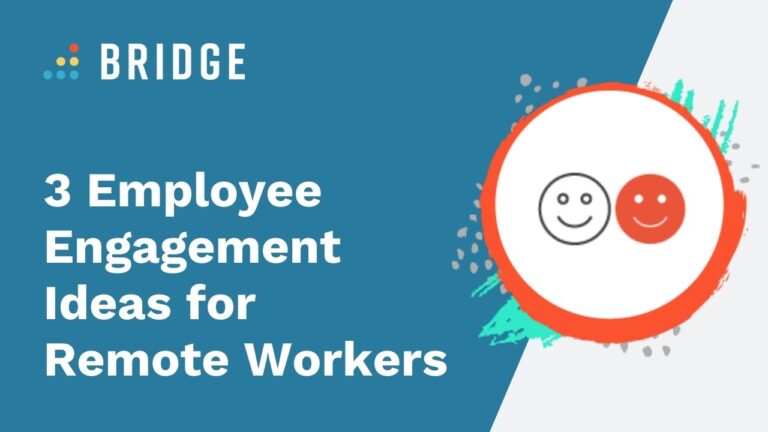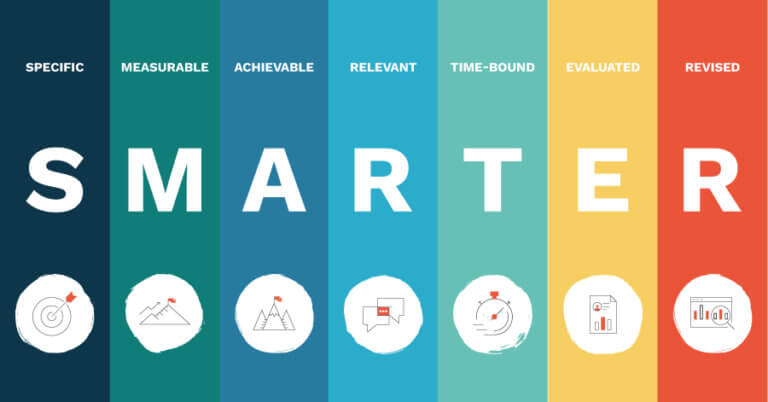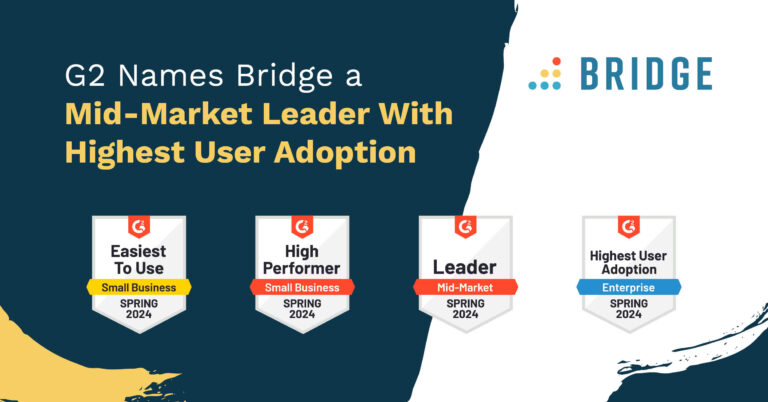In an age of hybridity, it’s easy to assume that productivity gains will come hand-in-hand with displaced working. After all, plenty of studies point to increases in engagement, innovation, and organizational commitment among employees with access to remote work options.
At the same time, there will always be room for improvement—and, although hybrid working is a great place to start, some of the productivity gains associated with the practice won’t be automatic. After all, displaced and distributed teams will face new and potentially unfamiliar challenges, ranging from individual isolation to a broader disconnect between your people and your organization.
In short: you need to take proactive steps toward better productivity. Here’s how.
Training Managers for Hybrid Work
Improving your hybrid workers’ productivity means treating them like hybrid workers!
Although it’s been well established that hybrid and remote working can improve productivity, one CIPD survey has found that having managers trained in managing remote workers can make a huge difference in perceptions of productivity.
In fact, 43% of employers who offered such training felt that productivity had increased following the switch to remote working. By comparison, only 29% of organizations with untrained managers felt the same way.
In other words, the productivity boosts that hybrid and remote working can provide won’t necessarily happen unless you make them happen. Your leaders need to be fully trained to support their remote reports. That’s why both your learning management system and the content you’re authoring need to offer this kind of up-to-the-minute training on best practices for managers in a hybrid environment.
RELATED READING | ‘Unlock Your Employees’ Potential With People-First Managers’
Cultures of Productivity
Measuring productivity is all about adopting a people-first approach, encouraging your employees to fulfill personal goals that drive positive outcomes. As such, it’s no surprise that improving productivity is also about fostering the human side of your workforce.
Research from business communications specialists RingCentral has found that 71% of workers who consider themselves more productive also felt more connected to their colleagues than before the pandemic began.
Placing human values like connection and communication at the heart of your organizational culture clearly has a beneficial impact on productivity. Better still, the same survey found that respondents whose employers promote a connected culture claimed to have better wellbeing, with 58% citing good physical health.
Investing in performance management platforms that allow your people to find and connect with their peers and managers is a great way to foster a sense of community—and to forge lasting connections between your people and their organization.
Health and Happiness
Promoting employee wellbeing isn’t just a side effect of a positive and productive working culture: it’s actually a key method for boosting productivity in its own right.
According to a study conducted by academics from Erasmus University Rotterdam, the University of Oxford, and MIT, higher levels of worker happiness led to a 12% boost in sales among employees of telecommunications company BT.
Promoting health and happiness among your people won’t have a one-size-fits-all solution—in fact, it’s better not to limit your methods. Instead, finding out how your employees can enjoy as pleasant and stress-free an environment as possible will arise from the same communication tools and habits that you’ll use to measure productivity in the first place.
MORE TO EXPLORE | ‘How to Boost Employee Wellbeing in the Workplace’
How to Have a Conversation With an Unproductive Employee
Focusing on managerial training, company culture, and employee wellbeing are all big-picture strategies for improving productivity, but it’s important not to overlook the individuals that comprise your workforce.
Once you’ve mastered the practice of maintaining good levels of employee productivity, you’ll sometimes find that a given worker is struggling to meet the goals they’ve set for themselves.
That doesn’t mean they’re a lost cause—in fact, it’s an opportunity to put your communication tools and managerial training to the test by talking to your unproductive team member.
So, how can you help your struggling employee to hit their productivity targets?
1) Use Your Goal-Setting Exercises
2) Make Conversation Part of Your Culture
If your employee needs help, don’t wait until their annual review—talk to them tomorrow! You can instill this practice into your working culture by ensuring your people participate in frequent 1:1 conversations with their managers, which will allow you to nip many prospective productivity problems in the bud.
3) Use Engagement Surveys
If you’ve invested in a good employee survey tool, you’ll be able to collect and analyze employee feedback on goals and productivity. Why not put together an anonymous survey to find out whether any of your other employees are having a similar problem? By coming to your conversation armed with all the information you need, you’ll be in the best place to help your struggling staff to realize their productive potential.
Employee Engagement Ideas for Remote Workers
The best way to prevent your people from becoming unproductive is to make sure they’re engaged, connected to your organization, and aligned with the big objectives you’re all pulling towards. Here are a few tips on keeping your employees engaged, no matter where they’re located:
1) Find Out What Drives Them
Goals are one thing—but what motivates your people? Use exercises like our own Bridge Career Drivers activity to get a sense of what drives your employees to achieve their goals. Not only is this a great way to find out how to manage your people, but these in-depth conversations are a fantastic vehicle for your people to gain a stronger connection with their managers, their peers, and their company.
2) Make Reviews a Regular Event
Performance reviews have a lot of value—so why only make them annual? Conversation and communication are at the heart of an engaged and productive team, and you’ll find that reviews and 1:1s that take place weekly or bi-weekly will leave your people more confident than ever to take on whatever life (and work!) throws their way.
3) Set Goals Through a Performance Management Platform
We’ve talked about the importance of goal-setting as a way to measure productivity, and the more collaborative, the better—but you also need to make sure your people keep their goals front of mind. A good performance management platform can do exactly that by making sure any individual, team, or company goals are easily accessible whenever your people log in.
MORE TO EXPLORE | ‘Goal Setting: Motivating Your People to Keep Developing’
Want to Learn More?
This blog post is an extract from our ebook, ‘How to Measure Employee Productivity’. If you’d like to measure your productivity improvements with the right metrics and a people-first approach, download our full ebook today.





